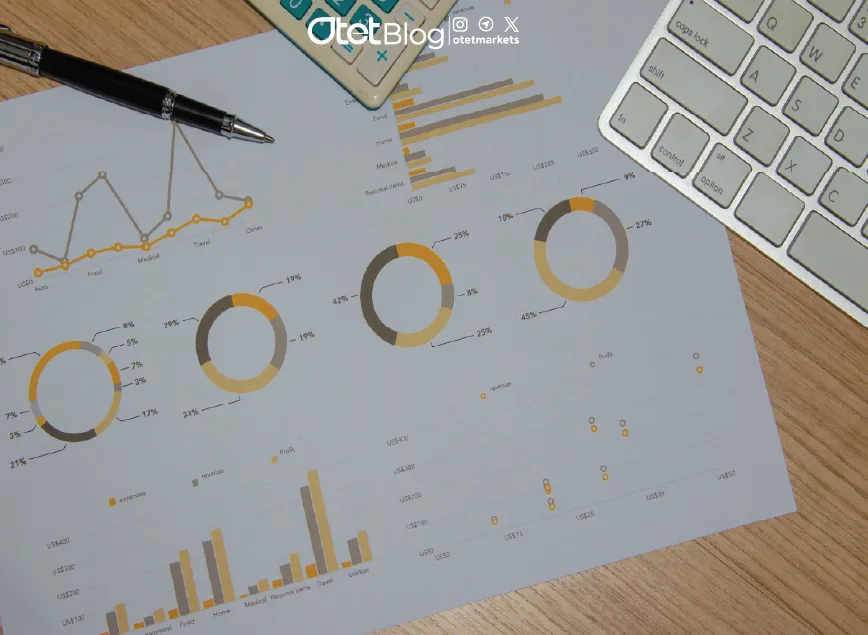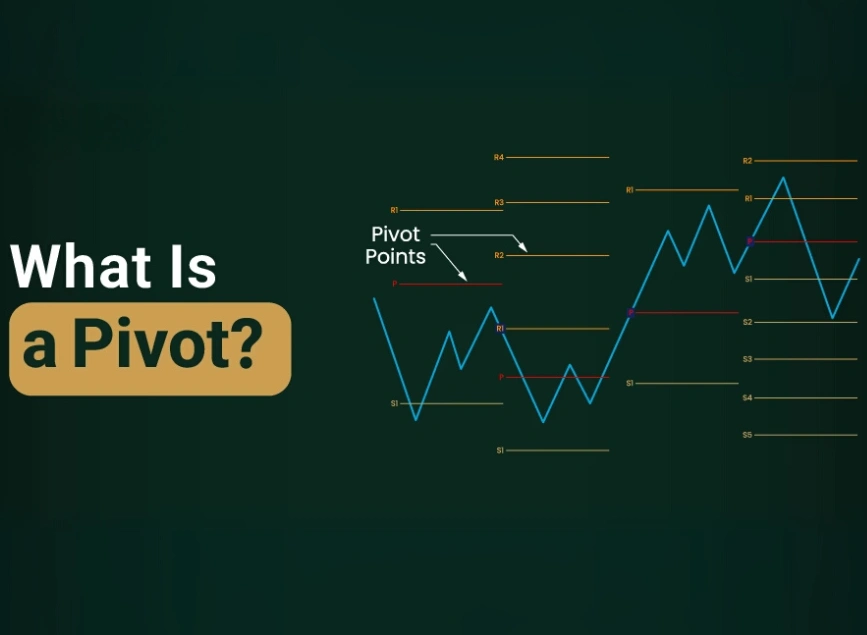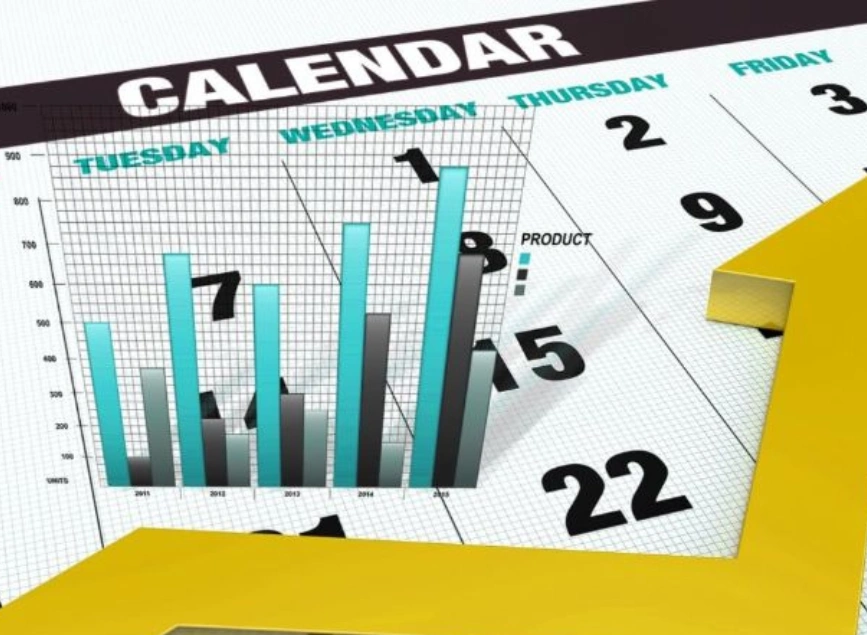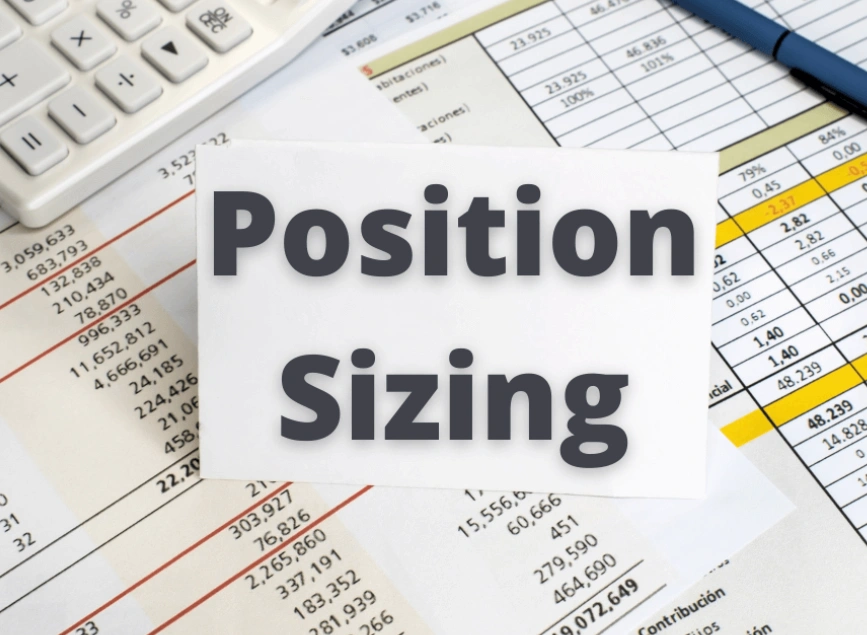
Mastering Multi-Timeframe Analysis for Smarter Trading Decisions
Estimated reading time: 5 minutes
Table of contents
In the fast-paced world of trading, every decision counts. Whether you’re navigating the forex market, stocks, or cryptocurrencies, the key to improving your accuracy and minimizing mistakes lies in understanding the broader market picture. One of the most effective ways to do this is through Multi-Timeframe Analysis (MTFA). This strategy allows traders to view an asset across multiple timeframes simultaneously, offering a more comprehensive perspective and better insights.
In this blog post, we’ll dive deep into the concept of multi-timeframe analysis, its advantages, and how to use it to refine your trading strategies.
What is Multi-Timeframe Analysis?
Multi-Timeframe Analysis is a technique that involves examining an asset (such as a currency pair, stock, or cryptocurrency) on different timeframes at the same time. For example, a trader might analyze the overall trend on a daily timeframe, look for potential entry points on a 4-hour timeframe, and refine the exact entry time on a 1-hour timeframe.
Key Benefits of Multi-Timeframe Analysis:
- Comprehensive Market View: Helps you see both the big picture and short-term details.
- Increased Accuracy: Identifies precise entry and exit points.
- Risk Mitigation: Reduces the chances of making trades against the main market trend.
By integrating this method into your trading routine, you can make more informed decisions, avoid major mistakes, and ultimately improve your overall success.
Why Use Multiple Timeframes?
The market is not always as straightforward as it seems. Just like a pilot needs to have a view of both the sky and the runway to land successfully, traders must be aware of both the broad market trend and the finer details.
Imagine this scenario: A stock might be in an uptrend on the daily timeframe, but it could be undergoing a short-term correction on the 15-minute timeframe. If you were to focus solely on one timeframe, you might miss critical signals or enter trades at the wrong time.
The Pilot Analogy:
To visualize the concept better, think of a pilot. When preparing to land, they must consider the general atmosphere (overall market trend) as well as the runway (short-term price movements). Similarly, multi-timeframe analysis helps you navigate the market from all angles.
Read More: How to Trade US and European Stocks with Otet Brokerage
How to Choose the Right Timeframes
In multi-timeframe analysis, it’s common to use three distinct timeframes:
1. Long-Term Timeframe (Reference Timeframe)
The reference timeframe is used to determine the overall market trend. This could be a daily or weekly chart, where you identify the primary trend direction (uptrend, downtrend, or consolidation).
2. Medium-Term Timeframe
Once you’ve established the market’s long-term direction, the next step is to refine your strategy. The 4-hour or 1-hour chart is typically used to assess possible entry points and price action signals.
3. Short-Term Timeframe
The final step is to fine-tune your entry. A 15-minute or 5-minute chart is ideal for determining precise entry and exit points, ensuring that you enter trades at the most favorable moments.
Timeframe Ratios
A common ratio between these timeframes is 1:4 or 1:5. For instance:
- Reference Timeframe: Daily
- Medium-Term: 4-hour
- Entry Timeframe: 1-hour
By using this setup, you can avoid conflicting signals and increase the likelihood of executing a successful trade.
The Benefits of Multi-Timeframe Analysis
There are several reasons why traders swear by multi-timeframe analysis. Let’s take a closer look at some of the key advantages.
1. Improved Signal Accuracy
When a trading signal is confirmed across multiple timeframes, it holds much more weight. A signal that repeats across higher and lower timeframes is likely to be more reliable and successful.
2. Minimized Risk of Wrong Trades
Analyzing a higher timeframe allows you to avoid trading against the overall market trend. By confirming your trade direction with a broader view, you can reduce the chances of entering trades that contradict the main market flow.
3. Better Trade Timing
Sometimes, you might know that the market is trending up on a daily chart, but the most lucrative entry might occur on a lower timeframe. By using multi-timeframe analysis, you can time your entries and exits more effectively, maximizing profit potential while minimizing risk.
4. Enhanced Risk Management
Using multiple timeframes allows for more precise placement of stop-loss orders. By considering both short- and long-term trends, you can set stop-loss levels that are both more strategic and informed.
Read More: Understanding Technical Analysis
Practical Example: How Multi-Timeframe Analysis Works
Let’s look at an example to see how multi-timeframe analysis can be applied in a real-world scenario.
Example: EUR/USD Trade Setup
- Step 1: On the daily chart of EUR/USD, you observe a clear uptrend. This is your reference timeframe, where you confirm the market is generally bullish.
- Step 2: You then check the 4-hour chart and notice the price has reached a support level and is forming a reversal candlestick. This suggests a potential entry point for a buy trade.
- Step 3: Finally, you move to the 1-hour chart, where you wait for a breakout of resistance or a bullish indicator crossover to confirm your entry.
With this method, you’ve:
- Validated the overall trend from the higher timeframe
- Identified the entry point and stop-loss levels on the lower timeframe
- Minimized risk and optimized timing for a successful trade
Common Mistakes in Multi-Timeframe Analysis
While multi-timeframe analysis can be incredibly powerful, it’s important to avoid certain pitfalls. Here are some common mistakes traders make:
1. Using Too Many Timeframes
Analyzing too many timeframes, especially those that are too close in duration (e.g., 5-minute, 15-minute, 30-minute), can lead to confusion and conflicting signals.
2. Misaligned Strategies
Your trading strategy should align with the timeframes you’re using. If you’re trading on a short-term timeframe, make sure your strategy is designed to capture quick price movements.
3. Ignoring Higher Timeframes
Relying solely on a lower timeframe for decision-making without confirming the trend on higher timeframes can result in entering trades that go against the main market direction.
4. Overanalyzing and Missing Opportunities
Obsessing over too many timeframes can cause analysis paralysis, where you overthink and miss timely trade opportunities.
Conclusion: Elevate Your Trading with Multi-Timeframe Analysis
Multi-timeframe analysis is a smart technique that enhances decision-making by providing a broader perspective of the market. By combining long-term, medium-term, and short-term timeframes, you can spot more accurate signals, fine-tune your entries, and manage risk more effectively.
If you’ve been analyzing markets using just one timeframe, it’s time to take your trading to the next level. Experiment with different timeframes, refine your strategy, and see how this technique can elevate your trading success!
Share
Hot topics

What Is a Forex Robot and How Does It Work?
If you hang out with traders, in person, online, on Telegram or YouTube, you’ve probably seen someone talking about “Forex bots” or trading robots that can do some of the...
Read more




Submit comment
Your email address will not be published. Required fields are marked *